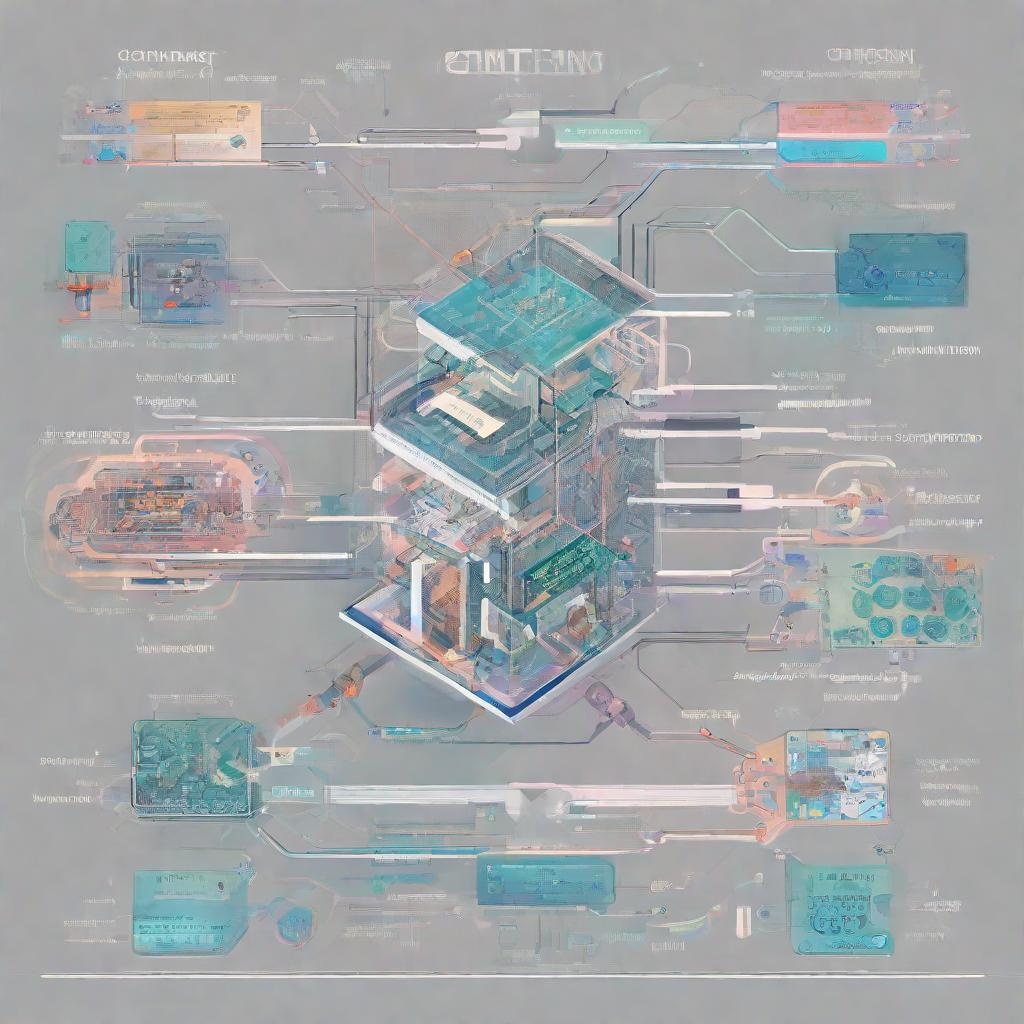Understanding ControlNet - A Comprehensive Guide

ControlNet is an advanced neural network architecture designed to enhance the functionality and precision of generative models, particularly in the realm of image synthesis and manipulation. This guide aims to provide a deep dive into how ControlNet works, its applications, and its significance in machine learning.
What is ControlNet?
ControlNet serves as a framework that extends the capabilities of existing generative models by allowing for greater control over the output. By integrating additional input data, ControlNet can guide the generation process to achieve specific outcomes.
How Does ControlNet Work?
The architecture of ControlNet includes various components that work together harmoniously. Here are the key features:
- Input Conditioning: ControlNet takes multiple inputs, including images, semantic maps, or even textual descriptions to influence the generation process.
- Structural Flexibility: It allows for various forms of input, making it adaptable for different types of generative models.
- Enhanced Control: Users have precise control over how the generative model interprets the conditioning data, leading to more relevant outputs.
Architecture Overview
class ControlNet:
def __init__(self, model, input_data):
self.model = model
self.input_data = input_data
def generate_output(self):
conditioned_output = self.model.predict(self.input_data)
return conditioned_output
Applications of ControlNet
ControlNet has a variety of applications across multiple domains:
- Image Synthesis: Create images based on specific parameters or styles.
- Image Editing: Modify existing images while preserving certain features, such as textures or layouts.
- Style Transfer: Transfer artistic styles from one image to another with high fidelity.
Benefits of Using ControlNet
- Improved Quality: Higher fidelity outputs are achieved through precise control over the generation process.
- Flexibility: Adaptable to various tasks making it a versatile tool for developers.
- User Empowerment: Provides users with the tools needed to create customized results.
Conclusion
ControlNet represents a significant advancement in the field of generative models, offering improved control and flexibility. By understanding its architecture and applications, developers and researchers can leverage this technology to push the boundaries of what is possible in image generation.
Citations are important. Refer to the original research papers for deeper insights into ControlNet and its functionalities.
For further reading, visit the ControlNet official documentation.